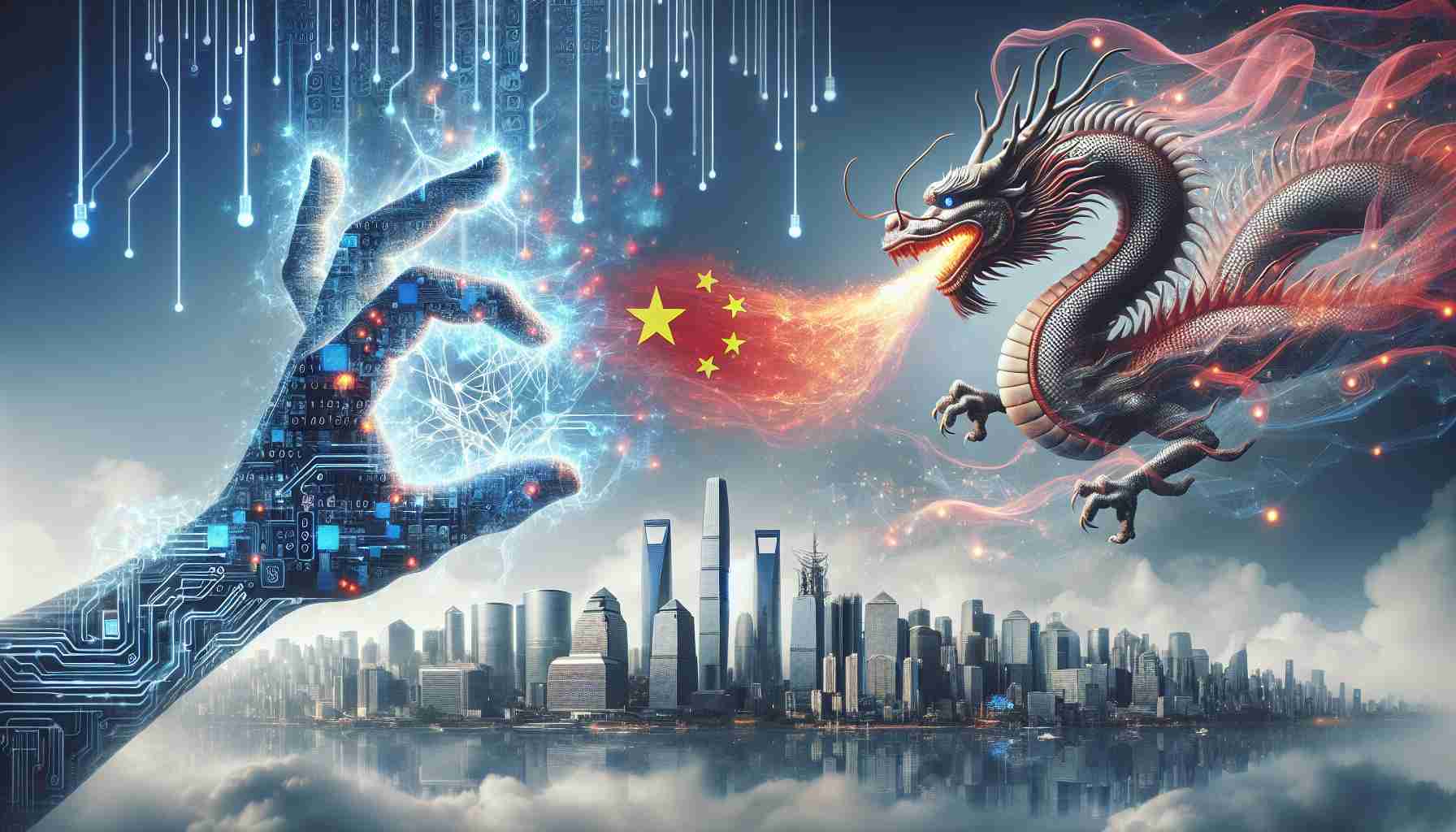As China continues its push to become a world leader in artificial intelligence (AI), concerns over its influence on generative AI technologies are growing. Recently, Apple has been in talks with Chinese tech firms about integrating homegrown generative AI tools into its devices and operating systems for the Chinese market. The most likely partnership seems to be with Baidu’s Ernie Bot, which is known for its highly censored content aligned with the Communist Party’s agenda.
The decision to adopt a Chinese AI model is not surprising, considering Apple’s compliance with censorship and surveillance directives in China. However, it raises alarm bells about China’s increasing influence over this emerging technology and its potential consequences for human rights in the digital sphere.
China’s AI ambitions have been evident since 2017 when Google’s AlphaGo defeated China’s top-ranked Go player. The Chinese government then issued its New Generation Artificial Intelligence Development Plan, setting a goal for China to lead in AI by 2030. Since then, China has introduced policies and guidelines on AI, including strict censorship requirements imposed by the Cyberspace Administration of China (CAC).
The CAC guidelines mandate that generative AI technologies in China must comply with censorship rules and uphold “Core Socialist Values.” This means preventing content that may incite subversion or separatism, endanger national security, harm China’s image, or spread “fake” information. These guidelines, along with a required security assessment, have led to the clearance of around 40 AI models for the Chinese market, including Baidu’s Ernie Bot.
The integration of Ernie Bot or any other Chinese AI model into Apple’s devices risks normalizing Beijing’s authoritarian model of digital governance. It also contributes to China’s efforts to standardize its AI policies and technologies globally. Apple is not alone in complying with these guidelines, as Samsung has also announced plans to integrate Baidu’s chatbot into its devices.
Microsoft, too, faced criticism with its generative AI tool when asked about China’s human rights abuses towards Uyghurs. The chatbot showed a hard time distinguishing between China’s propaganda and the accounts of human rights experts. These instances highlight the lack of transparency and potential influence that China’s guidelines and censorship can have on generative AI beyond its borders.
As China positions itself as an AI leader, it is crucial for global AI developers to adopt clear rights-based guidelines on how to respond to the human rights impacts of this technology. Failure to do so could result in negative consequences for human rights and further entrench China’s influence over generative AI’s future.
The generative AI industry in China is experiencing significant growth as the country aims to become a global leader in artificial intelligence. China’s ambitious plans in AI were evident in 2017 when Google’s AlphaGo defeated China’s top-ranked Go player. Following this, the Chinese government issued its New Generation Artificial Intelligence Development Plan, setting a goal for China to lead in AI by 2030.
One of the key issues surrounding the integration of Chinese generative AI technologies into international markets is the strict censorship requirements imposed by the Cyberspace Administration of China (CAC). Companies seeking to enter the Chinese market must ensure that their AI models comply with the censorship rules set by the CAC and uphold “Core Socialist Values.” This includes preventing content that may incite subversion, endanger national security, harm China’s image, or spread fake information.
Apple’s decision to integrate Baidu’s Ernie Bot, which aligns with the Communist Party’s agenda, into its devices for the Chinese market raises concerns about China’s influence over generative AI technologies. By complying with China’s censorship and surveillance directives, Apple risks normalizing Beijing’s authoritarian model of digital governance. Similar concerns have been raised about Samsung’s plans to integrate Baidu’s chatbot into its devices.
Microsoft also faced criticism when its generative AI tool struggled to distinguish between China’s propaganda and the accounts of human rights experts when questioned about China’s human rights abuses towards Uyghurs. These instances highlight the lack of transparency and potential influence that China’s guidelines and censorship can have on generative AI beyond its borders.
As China becomes a dominant player in the AI industry, it is crucial for global AI developers to adopt clear rights-based guidelines on how to respond to the human rights impacts of this technology. Failure to do so could result in negative consequences for human rights and further entrench China’s influence over the future of generative AI.
For more information on China’s AI industry and its impact, visit the domain caixinglobal.com.
For market forecasts and insights, visit marketsandmarkets.com.
To understand the issues related to AI and human rights, visit hrw.org.
The source of the article is from the blog qhubo.com.ni
